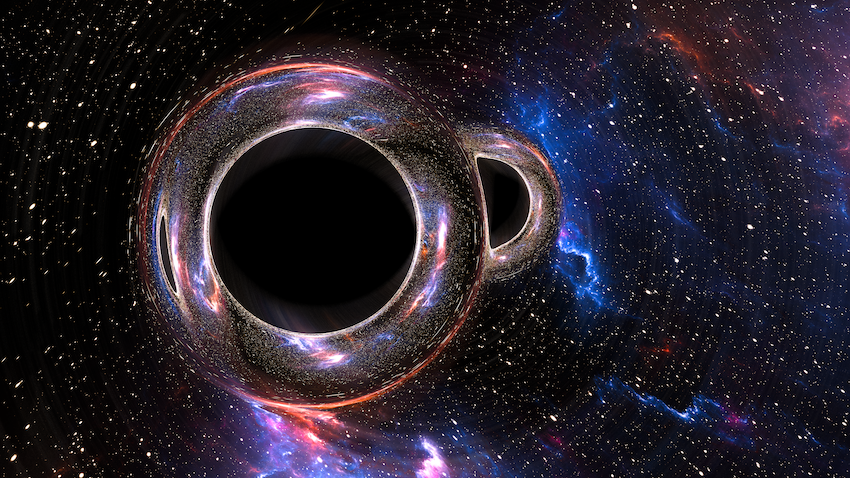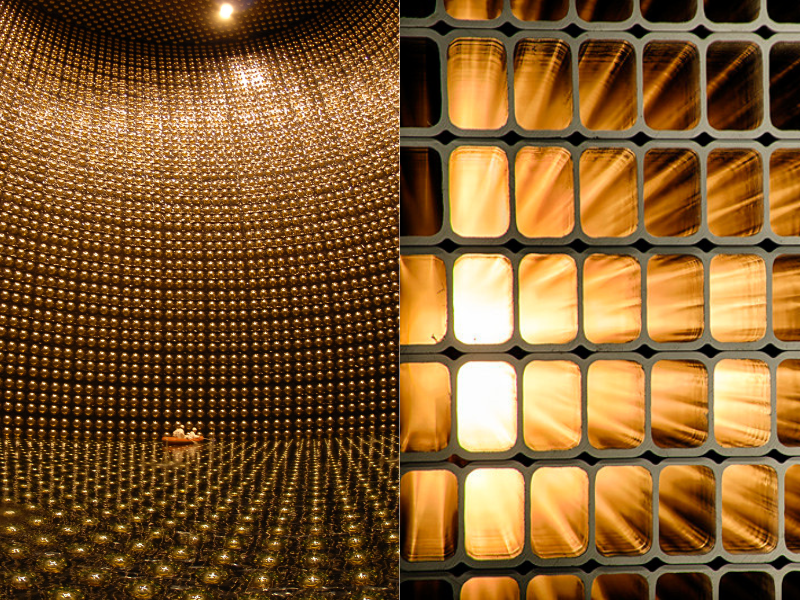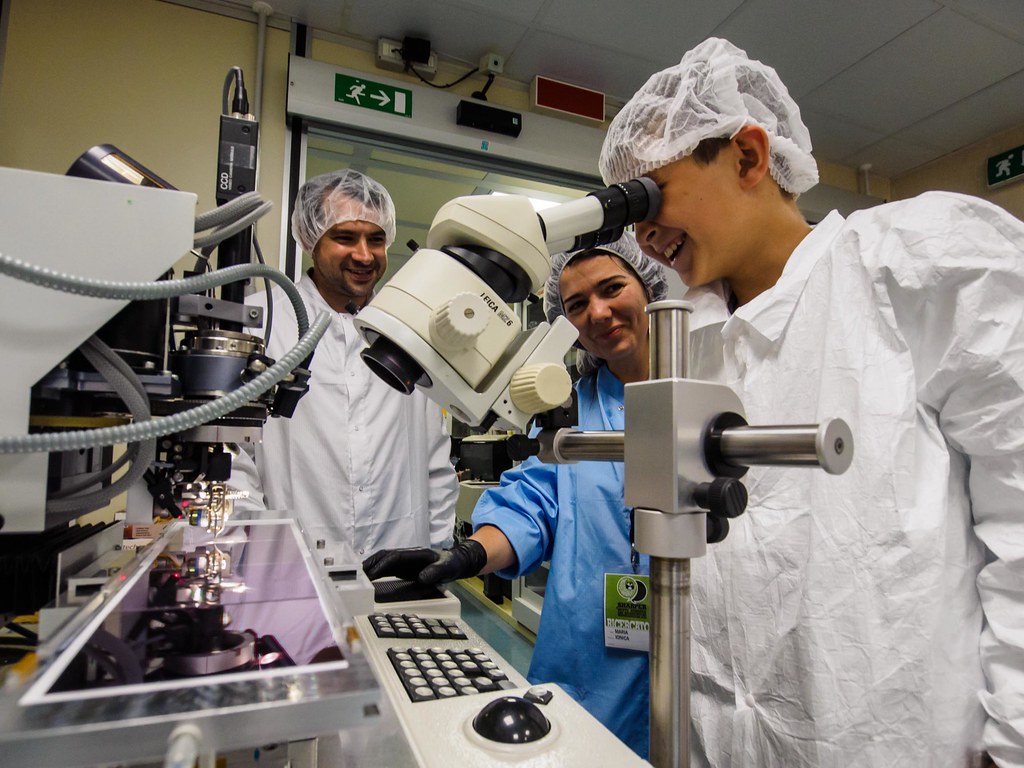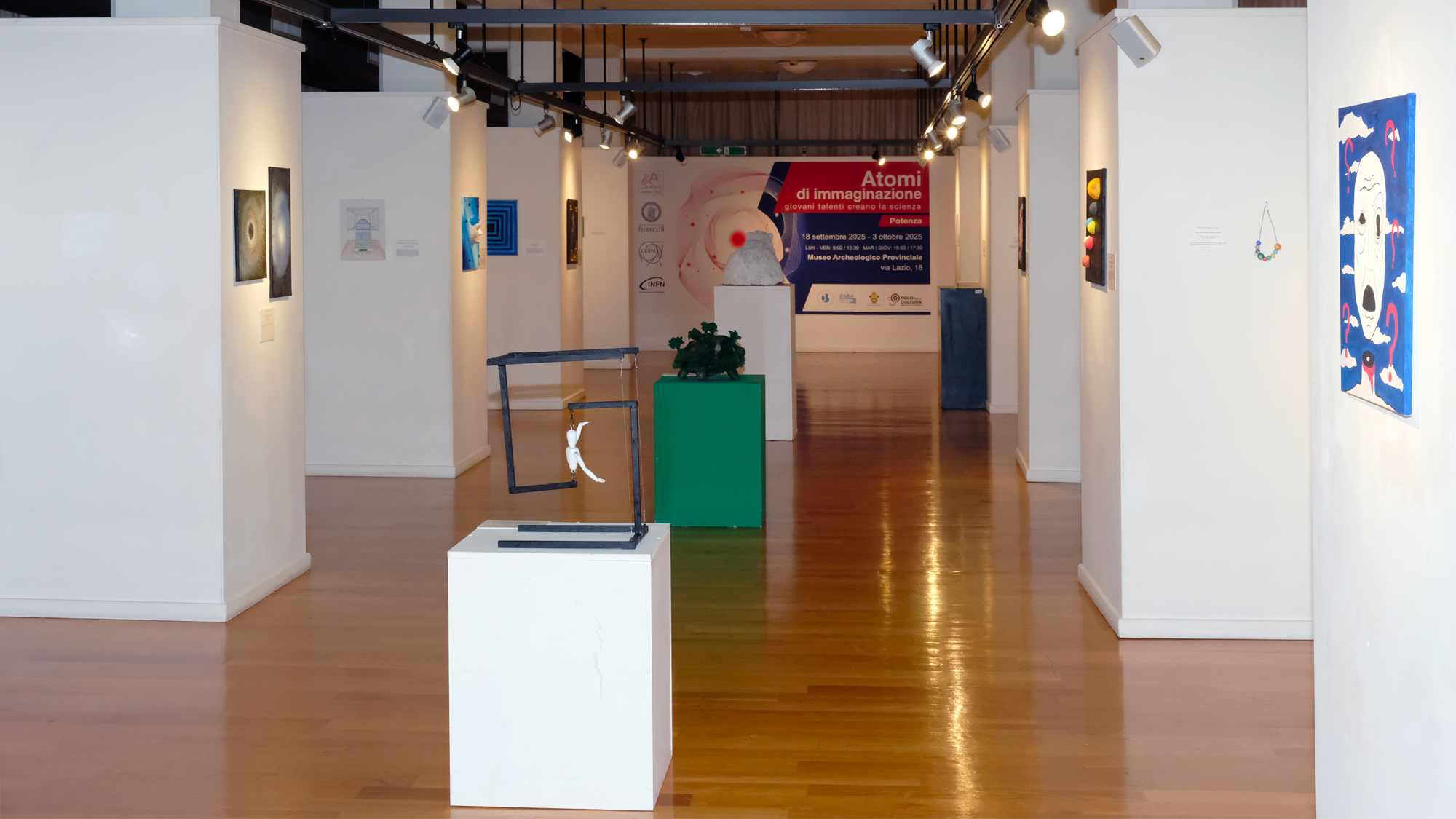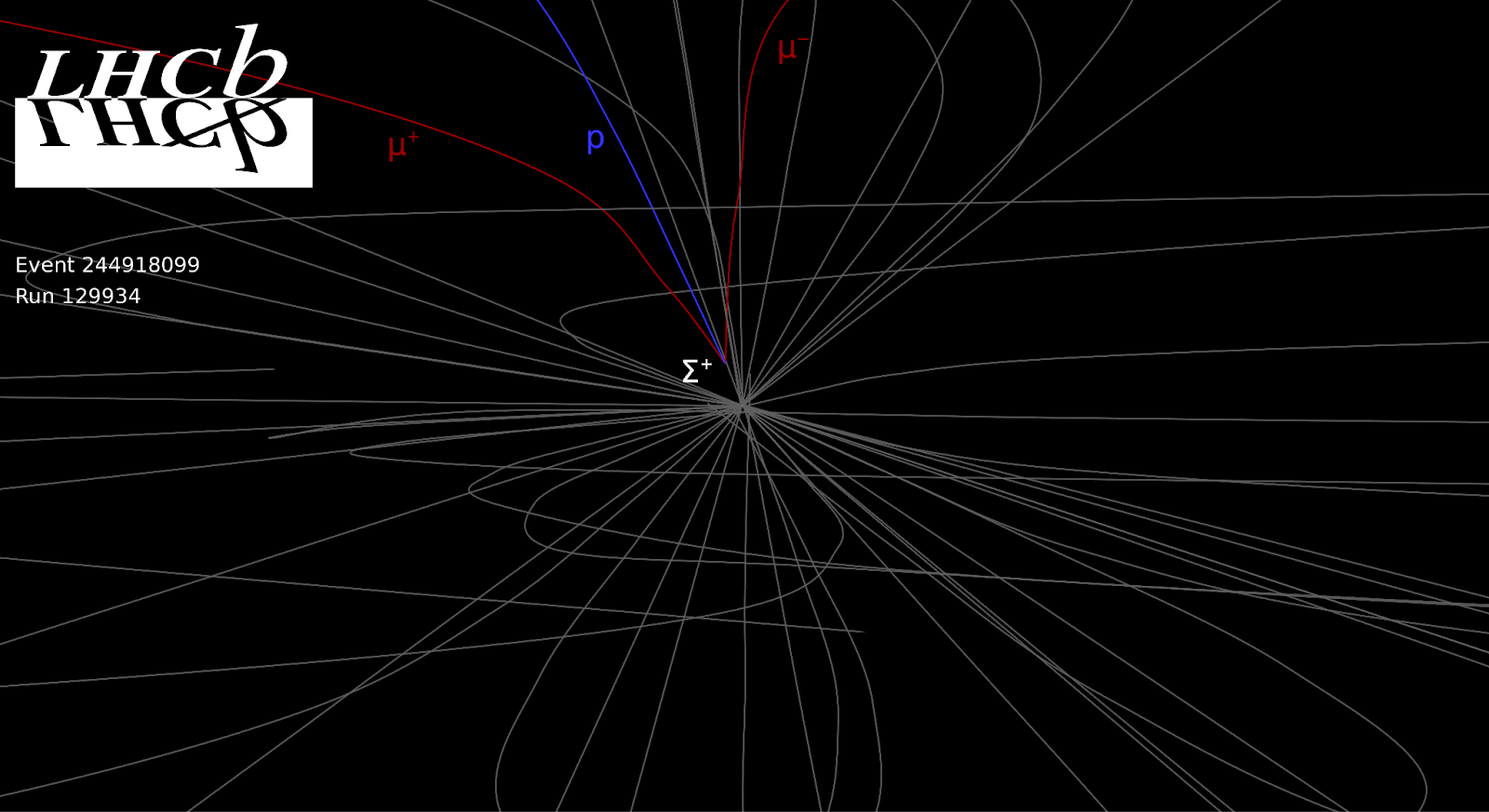The LHCb experiment, currently running at the Large Hadron Collider (LHC) at CERN in Geneva, has observed an incredibly rare type of baryon decay – a particle made up of three quarks. Specifically, it is the disintegration of a sigma-plus baryon (Σ⁺) into a proton, an antimuon and a muon: calculations indicate that the probability of this decay occurring is about one in 100 million.
The research – led by Francesco Dettori, Associate Professor of Experimental Physics at the University of Cagliari and INFN associate, and Francesca Dordei, researcher at the INFN Cagliari division, in collaboration with the INFN Perugia division (in particular Viacheslav Duk, Gabriele Martelli and Mauro Piccini) and the University of Santiago de Compostela – was published today in Physical Review Letters, following its presentation at the biennial European Physical Society Conference on High Energy Physics, held in Marseille from 7 to 11 July.
Baryons are the particles that make up the type of matter composing the entire visible universe. Studying their decays is of great importance both for testing the validity of the Standard Model, the theory that describes three of the four fundamental forces and the behaviour of elementary particles, and for searching for potential signs of “new physics” beyond the model.
“The Standard Model of elementary particles is, to this day, the most complete synthesis of our understanding of fundamental physics: it describes with extraordinary accuracy the known particles and the forces acting between them, and its predictions have been confirmed by numerous experiments, even at the highest precision”, explains Francesca Dordei. “So one might ask: why look for something beyond this model? The answer lies in the very nature of scientific research, driven by curiosity and the desire to explore the unknown. But there is more: there are phenomena observed in the universe, such as dark matter or the puzzling predominance of matter over antimatter, that the Standard Model still cannot explain. That is why we search for signals that might indicate the presence of new laws of physics”.
“Studying rare decays of particles we already know allows us to understand whether unknown particles or interactions exist, since quantum effects due to their presence would alter the probabilities of these decays”, adds Francesco Dettori. “Indeed, historically, several particles – for example, the charm quark – were discovered using these ‘indirect’ methods, long before the energies required to produce them directly were available”.
The first evidence for the possible existence of the decay of the Σ⁺ baryon into a proton, antimuon and muon was gathered by the HyperCP experiment at Fermilab in Batavia, USA, around 20 years ago. The results reported at the time seemed to suggest that the process might involve phenomena not predicted by the Standard Model. Thus, in addition to characterising the Σ⁺ decay for the first time, the LHCb team also verified in their study that the observation is consistent with the model’s predictions.
The analysis considered data recorded by the LHCb experiment between 2016 and 2018, obtained from the collision of protons accelerated at CERN’s LHC accelerator. Although LHCb was not originally designed for the study of such low-mass particles (the Σ⁺ baryon has a mass only slightly greater than that of the proton), their abundant production – of the order of one hundred million billion particles during the period under study – made it possible to investigate these decays, also thanks to advanced machine learning techniques. In particular, about 250 decay events of the Σ⁺ were analysed: the result, besides being the observation of the rarest baryon decay ever detected, confirms with high precision the predictions of the Standard Model.
“Once again, the Standard Model has prevailed”, comments Dordei. “The data are still perfectly consistent with its predictions, confirming its incredible robustness, despite having been developed decades ago. But precisely for this reason, we are motivated to push even further, searching for hints of new interactions in increasingly rare and elusive phenomena”.
Verification of the Standard Model and the search for possible phenomena not predicted by the theory will continue in the future, with strong involvement from the research group at the University of Cagliari and the local INFN division, which has been part of the LHCb collaboration since 1998 and, among its various contributions to the experiment, specialises in the physics of rare decays of particles produced in proton-proton collisions at the LHC.
“To uncover new aspects of nature, it is essential to explore a wide range of phenomena”, concludes Dettori. “Although many theories exist that extend the Standard Model, we cannot know in advance which is correct and therefore what signs of new physics we will find. A broad, all-encompassing strategy is needed, ready to capture any signal that deviates from expectations”.
